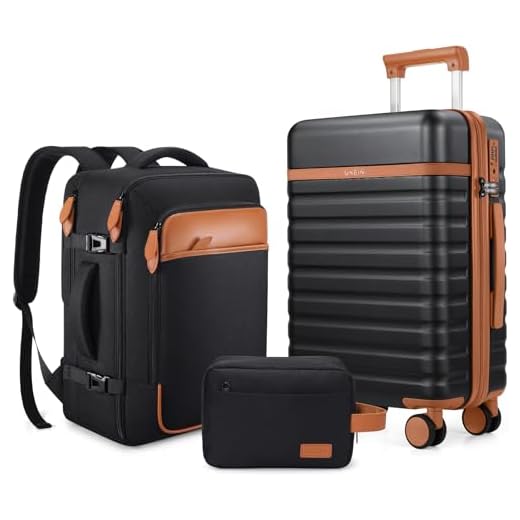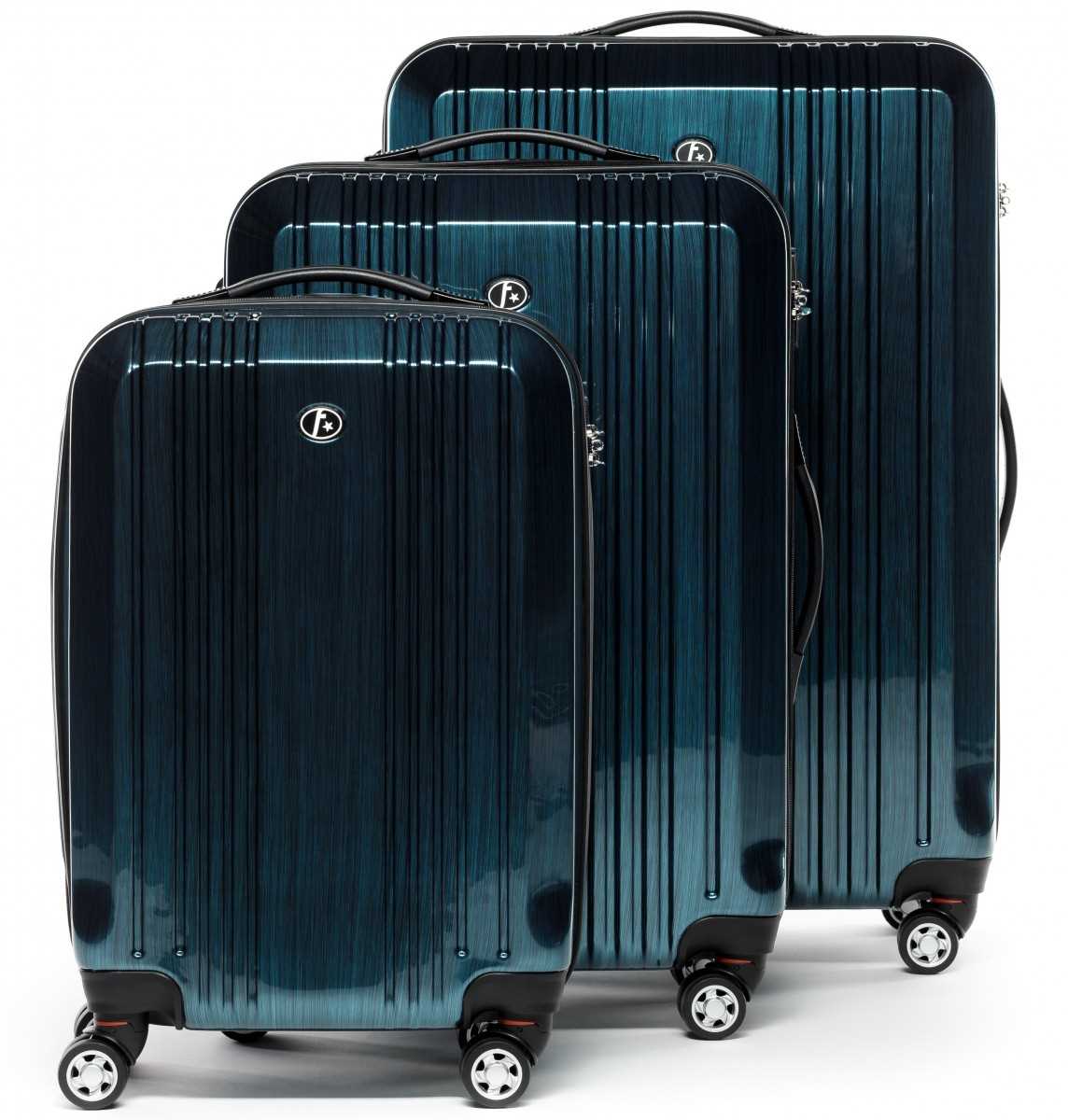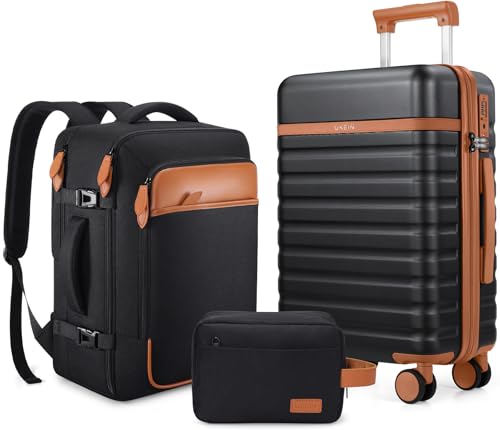


Choosing the right materials for your travel gear is key to ensuring longevity and resilience. This article highlights the most reliable options available, focusing on their strengths and weaknesses. From polycarbonate to ballistic nylon, understanding these choices will help you make an informed decision.
Whether you’re a frequent flyer or an occasional traveler, this guide offers valuable insights into the best options for your needs. You’ll find practical information on how each type of fabric stands up to wear and tear, as well as tips on selecting the perfect item based on your travel habits.
By the end of this article, you’ll have a clear understanding of which components to prioritize for maximum strength and protection. The right choice will not only keep your belongings safe but also enhance your overall travel experience.
Best Luggage Materials for Durability
Polycarbonate and aluminum are two standout options for anyone seeking long-lasting travel solutions. Polycarbonate is a lightweight thermoplastic known for its resilience against impacts, while aluminum offers a robust structure resistant to dents and scratches.
Both of these substances provide excellent protection for personal belongings during transit. Polycarbonate’s flexibility allows it to absorb shocks, making it less likely to crack under pressure. On the other hand, aluminum is often praised for its premium feel and aesthetic appeal, alongside strong resistance to wear and tear.
Comparative Analysis
| Material | Weight | Impact Resistance | Scratch Resistance | Price Range |
|---|---|---|---|---|
| Polycarbonate | Lightweight | High | Moderate | Medium |
| Aluminum | Moderate | Very High | High | High |
Another excellent choice is ballistic nylon, which is frequently used in soft-sided options. This synthetic fabric is tightly woven, offering impressive resistance to abrasions and tears. Its water-resistant properties provide additional protection against moisture, making it suitable for various environments.
In conclusion, selecting the right composition is vital for ensuring that travel gear withstands the rigors of frequent use. Each material has unique characteristics that cater to different preferences and travel needs, enhancing the overall travel experience.
High-Impact Polycarbonate: The Ultimate Protection
High-impact polycarbonate stands out as a premier choice for those seeking robust protection for their travel essentials. This material offers remarkable resilience against physical stress, making it ideal for frequent travelers who require reliability during their journeys.
Its lightweight nature does not compromise strength, allowing for easier handling while ensuring that contents remain safe from damage. The impact resistance of high-impact polycarbonate means that it can withstand drops and rough handling, which is often encountered in busy airports and transport hubs.
Key Features and Benefits
- Impact Resistance: Capable of enduring high levels of force without cracking or breaking.
- Scratch Resistance: The surface is designed to resist scratches, maintaining a polished appearance.
- Temperature Tolerance: Performs well in a variety of climates, resisting warping or deformation.
- Customizable: Can be molded into various shapes and sizes, allowing for innovative designs.
Travelers can benefit from the longevity that high-impact polycarbonate provides. Unlike traditional options, this material is less likely to show wear and tear, maintaining its functionality and aesthetic appeal over time. Its ability to absorb impacts minimizes the risk of internal damage to belongings, offering peace of mind during transit.
In addition, high-impact polycarbonate is often used in premium designs, combining style with practicality. The sleek finish can enhance the overall look, making it a preferred choice among those who value both form and function in their travel gear.
| Feature | High-Impact Polycarbonate |
|---|---|
| Weight | Lightweight |
| Durability | High |
| Scratch Resistance | Yes |
| Temperature Resistance | High |
Choosing high-impact polycarbonate for travel essentials ensures that users are well-equipped to face the challenges of travel, providing a reliable and attractive option that stands the test of time.
Ballistic Nylon: A Tough Choice for Frequent Travelers
Ballistic nylon stands out as a prime option for those who travel often and seek a reliable solution for their belongings. Known for its robust construction, this fabric is engineered to withstand wear and tear, making it suitable for diverse travel conditions.
The origins of ballistic nylon trace back to military applications, designed to provide enhanced resistance against abrasions and punctures. This heritage lends itself well to modern-day usage, where durability is a top priority for travelers.
Features of Ballistic Nylon
- Strength: The weave of ballistic nylon contributes to its high tensile strength, ensuring that it can handle heavy loads without compromising integrity.
- Water Resistance: Many variants come treated with water-repellent coatings, offering additional protection against moisture during unexpected rain or spills.
- Lightweight: Despite its toughness, ballistic nylon remains relatively lightweight, allowing travelers to pack more without exceeding weight limits.
- Scratch Resistance: The fabric’s surface is designed to resist scratches, maintaining a polished appearance even after extensive use.
When selecting an item made from ballistic nylon, consider the following attributes:
- Stitching Quality: Reinforced stitching is crucial for longevity; look for double-stitched seams for added strength.
- Weight Capacity: Ensure that the product can accommodate your typical packing needs without straining the material.
- Ease of Cleaning: Opt for options that allow for easy maintenance to keep the exterior looking fresh.
In summary, choosing ballistic nylon for travel gear means investing in a fabric that combines resilience with practicality. Its impressive traits make it a wise choice for those who frequently find themselves on the move.
Aluminum Frames: Strength Meets Style
Choosing aluminum frames brings a combination of robustness and aesthetic appeal that few other options can match. The inherent properties of aluminum make it a superior choice for those seeking longevity in their travel gear.
Aluminum not only resists bending and denting but also provides a sleek, modern look that enhances the overall design. Its lightweight nature ensures that even a sturdy frame does not add excessive weight, allowing for easier handling during travel.
Benefits of Aluminum Frames
- Durability: Aluminum frames are known for their high resistance to wear and tear, making them ideal for frequent travelers.
- Corrosion Resistance: Unlike other metals, aluminum does not rust, providing an added layer of protection against the elements.
- Stylish Appearance: The metallic finish offers a contemporary look that appeals to a wide range of tastes.
- Customizability: Aluminum can be easily anodized or painted, allowing for personalization to match individual styles.
In addition to their aesthetic and functional advantages, aluminum frames are often designed with advanced security features. Reinforced corners and integrated locks enhance the safety of belongings, ensuring peace of mind during travel.
The investment in aluminum frames often pays off in the long run, as their ability to withstand the rigors of travel can lead to fewer replacements over time. Choosing this material contributes to a more sustainable approach by reducing waste.
Water-Resistant Fabrics: Safeguarding Your Belongings
Choosing the right water-repellent fabric significantly impacts the protection of your possessions. Materials such as nylon, polyester, and treated cotton offer excellent resistance to moisture while maintaining lightweight and flexible characteristics.
When selecting a water-resistant option, consider the following factors:
- Durability: Look for reinforced seams and abrasion-resistant finishes to enhance longevity.
- Weight: Lightweight fabrics will reduce overall burden during transport.
- Maintenance: Fabrics that are easy to clean and quick-drying are practical choices for frequent travelers.
Popular choices in the market include:
- Nylon: Known for its strength and resistance to tears, it often comes with water-repellent coatings.
- Polyester: This fabric is resistant to stretching and shrinking, making it ideal for various conditions.
- Waxed Cotton: A traditional option providing breathability alongside moisture resistance.
Ultimately, the right choice of water-resistant fabric can significantly enhance the protection of your belongings against unexpected weather changes, ensuring a worry-free experience.
Best luggage materials for durability
Features
| Part Number | 2304 |
| Model | 2304 |
| Color | Black |
| Size | 3 piece set (20inch) |
Features
| Part Number | US08120E30 |
| Model | US08120E30 |
| Warranty | 3 Years |
| Color | Teal |
| Size | Checked-Large 30-Inch |
Video:
FAQ:
What are the most durable materials for luggage?
The most durable materials for luggage include polycarbonate, ballistic nylon, and aluminum. Polycarbonate is known for its lightweight and impact-resistant properties, making it an excellent choice for hard-shell suitcases. Ballistic nylon is a tough fabric that resists tearing and abrasion, ideal for soft-sided bags. Aluminum offers a high level of protection and resistance to dents, although it is typically heavier than other materials. Each of these materials has its own strengths, so the choice depends on your travel needs.
How does the choice of luggage material affect its weight?
The choice of luggage material significantly impacts its weight. Hard-shell cases made from materials like polycarbonate tend to be lighter compared to those made from aluminum. Soft-sided luggage, especially those made of lightweight fabrics such as nylon, can also weigh less than hard-shell options. If minimizing weight is a priority, look for luggage made from lighter materials while still providing durability and protection for your belongings.
Can I repair luggage made from different materials if it gets damaged?
Yes, luggage made from various materials can often be repaired, although the ease of repair depends on the material type. For instance, soft-sided bags made from ballistic nylon can typically have tears stitched or patched. Hard-shell cases like those made from polycarbonate can sometimes be repaired, but it may require specialized tools or professional services for significant damage. Always check the warranty or manufacturer’s guidelines, as some brands offer repair services for their products.
What are the advantages of soft-sided versus hard-sided luggage in terms of durability?
Soft-sided luggage, often made from durable fabrics like nylon, offers flexibility and can be easier to fit into tight spaces. They are generally lighter and can expand to accommodate extra items. However, they may not provide the same level of protection against impacts as hard-sided luggage. On the other hand, hard-sided luggage made from materials like polycarbonate or aluminum offers superior protection against crushing and external damage but may be heavier and less adaptable in terms of packing. Your choice should depend on your travel style and how much protection you need for your belongings.
Are there any eco-friendly luggage materials that are also durable?
Yes, there are eco-friendly luggage materials that provide durability. For example, recycled polyester is becoming increasingly popular due to its sustainable production process and resilience. Some brands also use biodegradable materials and natural fibers, which can offer both durability and a lower environmental impact. When choosing eco-friendly luggage, look for certifications or labels that indicate the materials are sourced sustainably while still meeting durability standards for travel.







